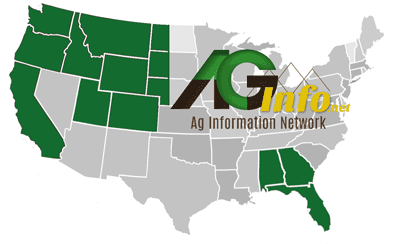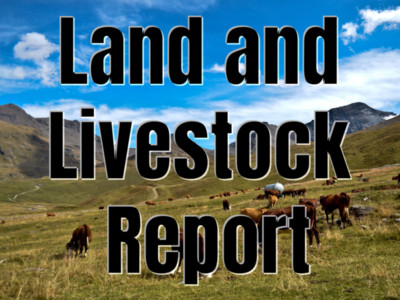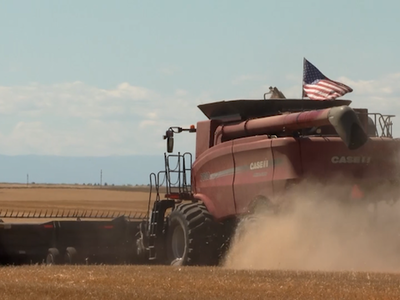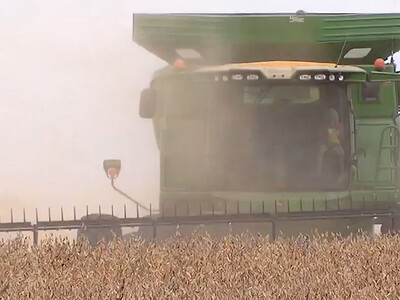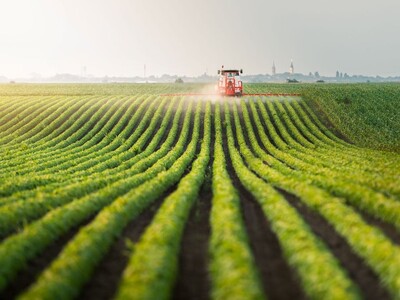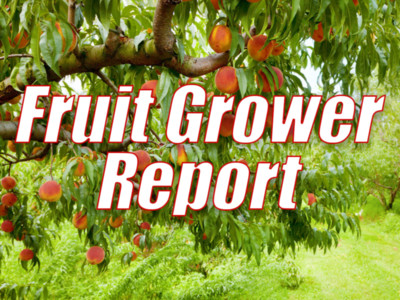Keep BVD Out of Cattle Herd
Bovine Viral Diarrhea (BVD) can be a serious and costly disease for cattle producers causing reduced reproductive performance and increased premature culling. Herds may experience abortions, infertility, and/or embryonic deaths. BVD symptoms can include bloody diarrhea, high fever (105–107 ºF), weight loss, mouth ulcers and often pneumonia.An article by Cornell University offers these management reminders to help producers protect their herds from the virus causing BVD and BVD-PI (persistently infected) animals. An effective BVDV prevention program is based on maximizing immunity and minimizing exposure of the herd to the virus.
Maintain a strong herd vaccination program against BVD at all times. A good vaccination program will prevent illness in most vaccinated animals. When deciding which vaccine to use, consider the vaccine program of the herd of origin. If that herd is well vaccinated, one dose of killed BVD vaccine should be sufficient. If it is not well vaccinated, or if the history is unknown, two doses of killed (2 weeks apart) or one dose of modified-live vaccine (non-pregnant animals only) would be indicated.
Be aware when purchasing replacement animals through an auction market. Animals can be exposed to other BVDV-infected animals as they pass through the market. In addition, they can be stressed at this time, which lowers their immunity. It is possible they will be incubating and/or shedding the virus when they arrive at the farm. The fetuses of pregnant animals moving through market situations are at risk of infection to become persistently infected or for abortion.
Quarantine new animals seven to 21 days before introducing into herd. If new additions are first placed in an isolation facility, animals incubating disease will become apparent before they have an opportunity to expose the entire herd. A common history associated with herd outbreaks of BVD is that one or more new animals entered the herd about one week before the first case appeared.
Test new additions to the herd to make sure they are not BVDV carriers. BVDV carriers shed so much virus they will likely overwhelm even the best vaccination programs. Since exposure to BVDV from any source can result in a cow giving birth to a BVDV carrier, one can never be sure an animal is not a carrier until it tests negative. Therefore, it is recommended that all purchased cattle be tested before entering the herd, and all newborn calves be tested.
Before turning bulls out for natural service, test for BVD or purchase bulls from a breeder with a BVD PI-free herd. If natural service is being used, semen can be infected with BVDV if the bull was recently infected or is persistently infected. It is extremely unlikely for semen from certified artificial breeding establishments to contain virus, since these organizations screen all their bulls for BVD infection.
Create a biosecurity plan. It is also possible for cattle to become infected via contact with contaminated fomites, such as water buckets, calf feeders, feed bunks, IV equipment, nose leads, clothing or people and cattle trucks.
Source: Drovers
